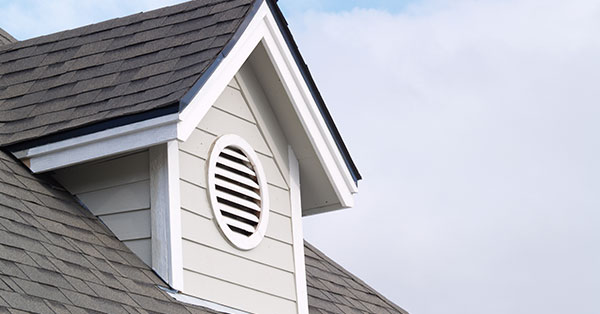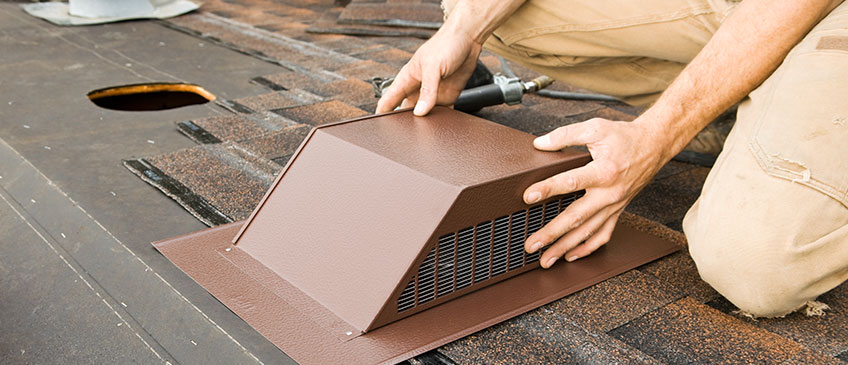Let’s face it – your attic is out of sight out of mind, so chances are pretty good you don’t think about it until something goes wrong. However, the condition of the attic can impact your entire home, so it’s imperative that it not be neglected. Having adequate attic ventilation and insulation will ensure that you save energy and avoid unnecessary damage to your home.
Read on to learn why this is important and get tips on how to take care of your attic’s ventilation.
Benefits of Attic Ventilation and Insulation
Proper attic ventilation boasts a variety of benefits, serving two key functions for your home.
- Attic ventilation allows cool, fresh air to enter the attic at the eaves or soffit areas of the roof.
- Attic ventilation allows hot, moist air from the attic by way of the ride or other exhaust vents. Hot, moist air can cause many different issues if not controlled.
It’s a smart practice to add insulation to the attic while allowing cool air to flow through it. Although this may sound counterintuitive, this can prevent ice damming. Cold outdoor air should be allowed to enter the attic so it can keep it cool. This ultimately will prevent ice damming, mitigating any potential risk of serious and costly damage to your roof or home.

You may think that proper ventilation is only important in the winter. However, attic ventilation and insulation is also imperative in the summer months. Ensuring the attic is well ventilated will help push the extra hot air out, keeping your roof and shingles dry. Insulation will block hot air from travelling into your home during the warmer months, keeping your home a bit cooler.
Another important step is to seal leaks within your attic. This will help stop the heated air from escaping your home and moisture from entering your home. Proper insulation will prevent the formation of mold on the interior of your home by controlling moisture. Additionally, rotting decks, peeling paint, ceiling stains, and premature roof system degradation can all be prevented through adequate attic ventilation.
Another important reason to pay attention to your attic’s ventilation is that it can help save energy. Heat build-up in your attic will come at a cost. Your home’s air conditioning has to work harder to cool down the house, especially in the living space below the attic. By properly ventilating your attic, you can lower your energy bill costs, because your air conditioning unit won’t have to work as hard.
Tips for Attic Ventilation and Insulation
You’re probably wondering how to get started on your next attic insulation job. Perhaps you don’t even know if your home is properly insulated! Look for these signs of damage, first, to see if you may have an issue with your attic’s insulation:
- Peeling Paint
- Mildew and Mold
- Roof and Shingle Damage
- Deck Damage
- Premature Roof Degradation
- Ice Damming
- High Energy Costs
These issues are the biggest culprits when it comes to seeing if you have a problem with your attic ventilation and insulation. If you think you may have a problem, follow these tips for protecting your home:
- Use rafter and soffit vents to promote ventilation in the attic.
- Don’t cover soffit vents with insulation.
- Maximize the effectiveness of the insulation by installing rafter vents before covering the entire floor of the attic with insulation out to the eaves.
- Install attic fans to cool down the attic if it gets abnormally hot.
By utilizing these tips, and properly ventilating your attic, you can avoid serious and costly home repairs.

